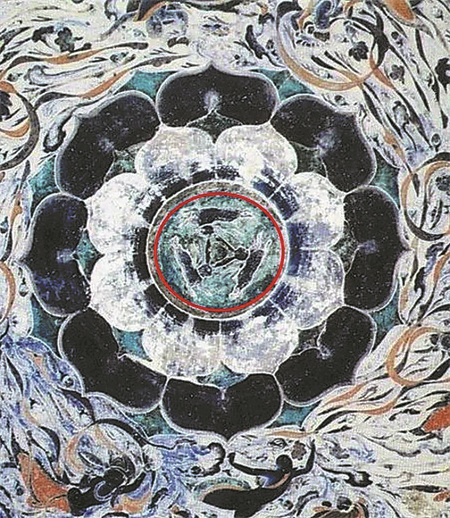

Shi had introduced the rabbit element in his design inspired by a mural painting which depicts three rabbits with shared ears in a cave in Dunhuang, Northwest China's Gansu province.
The three rabbits are each running and connected to each other, symbolizing unity and peace.
The Taoist classic Tao Te Ching states that "one begets two; two begets three; three begets the myriad creatures", which means the revival of all things and the rejuvenation of the Earth, Shi says.
Born in 1964 to parents who moved to Taiwan from the Chinese mainland in 1949, Shi studied at the Fashion Institute of Technology in New York and later worked as a designer for the luxury jewelry company Harry Winston. In 1996, he won the De Beers Diamonds International Award, the equivalent of the Oscars for the jewelry industry.
As an American citizen, who has been living in Beijing since before the COVID-19 pandemic, Shi loves to incorporate bamboo and other natural materials in his designs.
More than 30 of his works have won awards on the international design stage, including the German Design Award and the Red Dot Design Award. He was honored with a Red Dot Design Award for four years in a row from 2009 to 2012 for designs including the bamboo chairs Jun-Zi and Qin-Jian. His creativity has gained a spotlight on the international design scene.
To acknowledge his contribution to bamboo design, the International Bamboo and Rattan Organization included Shi in its 2017 publication"100 Heroes of China's Bamboo Industry" and invited him to present a keynote speech at the inaugural Global Bamboo and Rattan Congress in Beijing in June 2018.